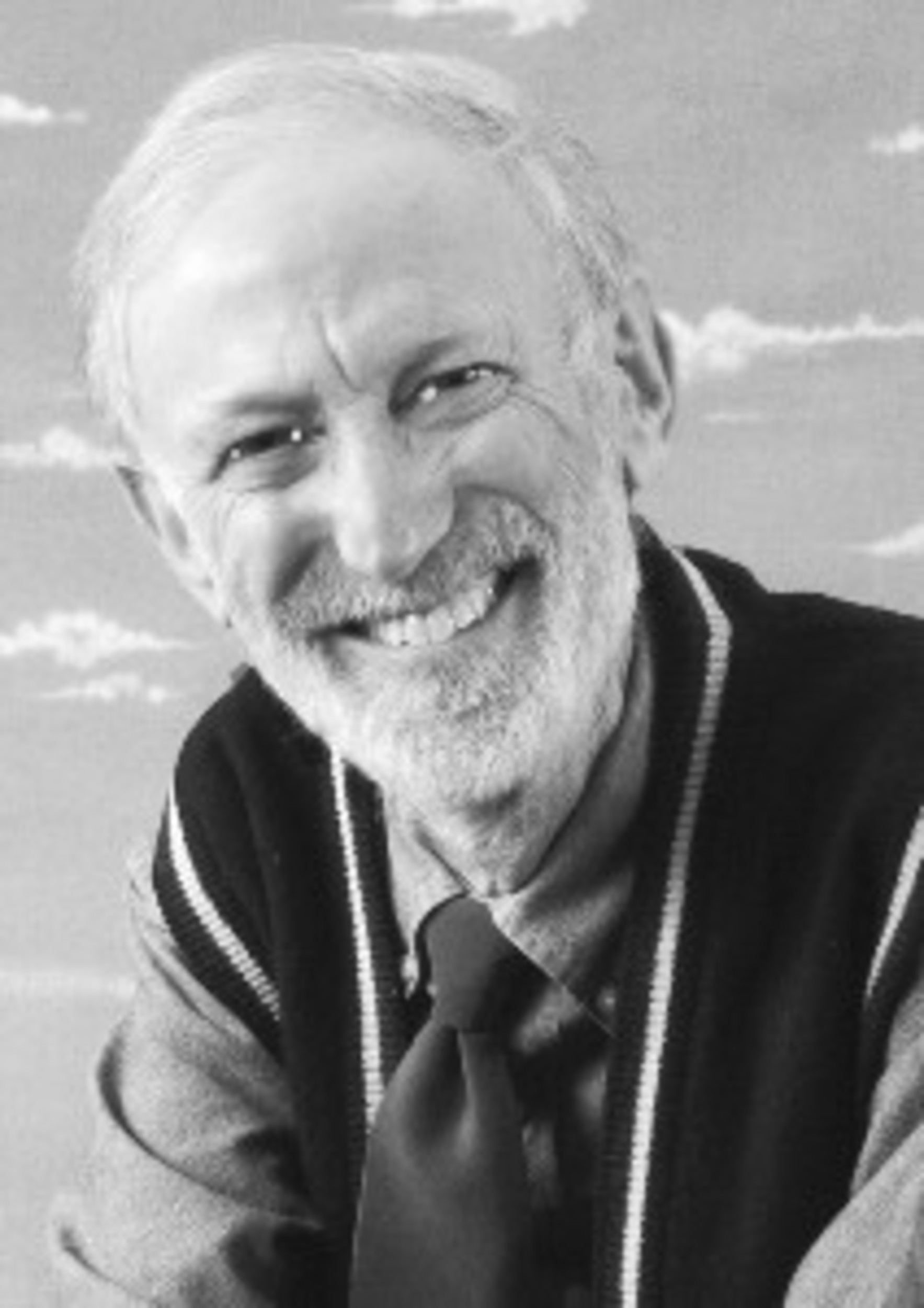Pondering Poe and more
“It was in the bleak December and each separate dying ember cast its spell” … Edgar Allan Poe described the 12th month in such phrases. His elaborate verse has been recognized in France especially. He was translated by none other than the poet Charles Baudelaire, and Parisians like “The Raven” better in his rendition than the original poet’s American English. I studied Poe at the Sorbonne in its Institut Brittanique. We read Poe in his admirer Baudelaire’s version for one semester. You see, I was an English major and a sort of French “minor.”
In those days, so many decades ago, I was something of a traveler, a wandering minstrel. Nowadays, not so much. I like to sit by my hearth throughout the bleak December and stare at each separate dying ember at my own grate. I can make my pilgrimage to the poet Poe just around the corner at the Athenaeum on Benefit and College streets: My students declare that Edgar’s ghost haunts the stacks there!
I did, though, stretch over the borders of our little world (the map makes our colony look like an oblong chip) to Boston, the writer’s birthplace. Of course, he spurned the culture of Boston, even of all Massachusetts Bay, and pronounced their output more sermon than art. Nevertheless, as you must have noted, his memorial statue was dedicated recently, and that was my purpose in taking the Peter Pan bus to South Station. What a treat to be met there by my son Reuben, who took me via that new-fangled “Uber” cab service to the Commons.
But where is Poe? Oh yeah, ever the outsider, his figure with the familiar crow somehow emerging from his briefcase – two flying creatures on a windy and chilly December afternoon – simply stands on a street paved with sidewalk bricks. We snapped a few shots and then made our way back to Reuben’s region of Bean Town. We dined on soup, wine and espresso by a warm fire, headed back to the bus station, and I brooded upon my journey, pleasant and poignant, a brief encounter and a timely retreat back to my familiar neighborhood.
In my cellar, I hoard VHS and DVD translations of classic movies, among which I keep “Man with a Cloak” – starring Barbara Stanwyck, Leslie Caron, Joseph Cotten, and Louis Calhern; directed by Fletcher Markle and especially with an inventive musical score by David Raksin. It is the tale of the plight of the poet Edgar Allan Poe. Although it mostly slipped by the attention of critics, audiences and historians, it held my interest. It explores the desperate search of this gallant and romantic artist: I thought of him recently because of the statue, because of the impact of the bird that quotes the fatalistic word “Nevermore!” and because his griefs and regrets that haunt so many of our cities from Boston to Providence, from Philadelphia to Baltimore, and contribute a touch of class to our culture. Poe’s reputation lies in the fact that he published his short pieces in commercial magazines and sought what Baudelaire called “beauty” rather than moral platitudes. Perhaps that is why and how I think of him as an influence upon the entrance of Jewish writers and artists upon the American scene.
With the establishment shutting out immigrants from mainstream institutions, it was the popular media – the funnies and the movies – that translated the hopes and dreams of the refugees and created opportunities for Jewish makers of stories, crafts, songs and shows. Poe was a kind of urban street artist seeking “balm in Gilead” (a line from his “Raven”), and for me his iconic bird resembles Bernard Malamud’s “Jewbird.”
MIKE FINK (mfink33@aol.com) teaches at RISD.








